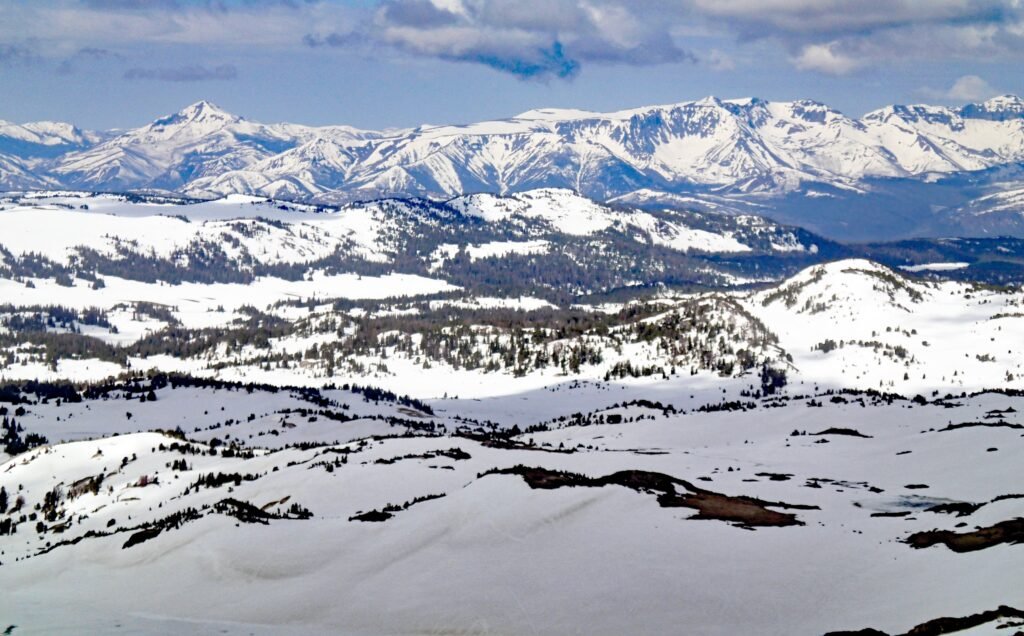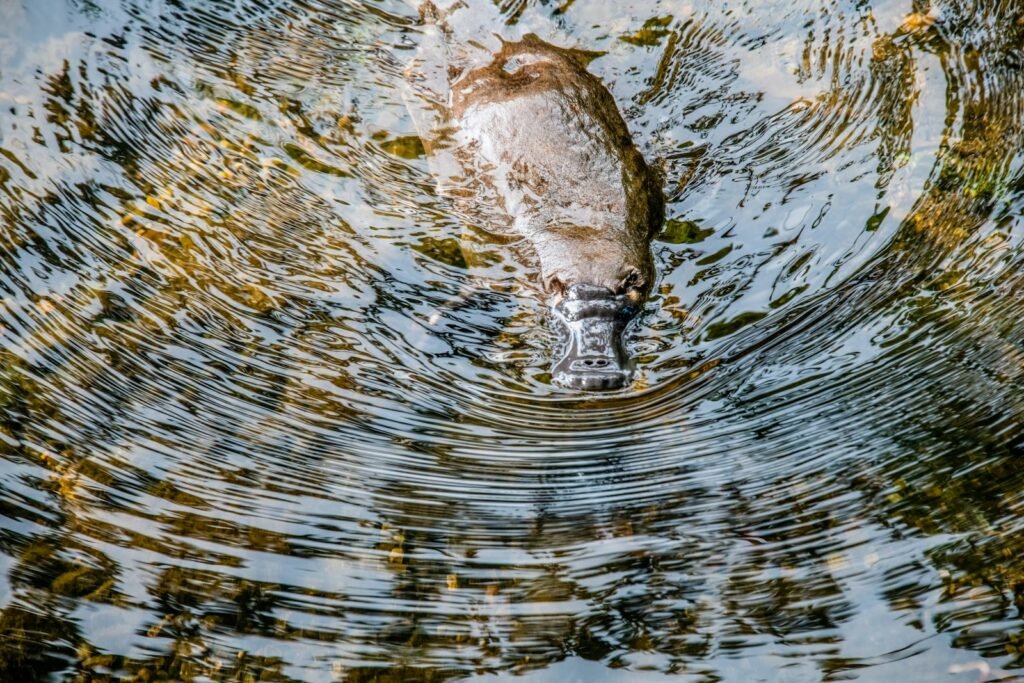Imagine walking across what seems like an endless expanse of ice, knowing that beneath your feet lies a completely different world. Today’s frozen landscapes tell only part of Earth’s story. Hidden under layers of ice that have remained undisturbed for thousands of years are the preserved remains of ancient forests that once thrived in places we now consider among the planet’s most inhospitable.
You might think of Antarctica and Greenland as perpetually frozen wastelands, but these ice-covered continents are actually time capsules. Beneath their frozen surfaces lie secrets that scientists are only beginning to unlock. Recent discoveries have revealed pristine forests, complete ecosystems, and even ancient viruses that have been perfectly preserved in nature’s deep freeze for millennia.
Ice Patches Revealing Forests Frozen in Time
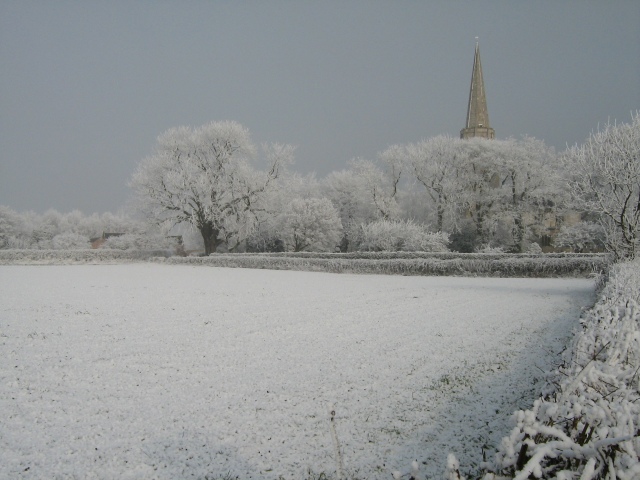
In Wyoming’s Beartooth Plateau, researchers have uncovered 30 whitebark pine trees that had been encased in ice for approximately 3,500 years. These trees tell a remarkable story of climate change that occurred long before human industrial activity. These remarkably preserved specimens were found 180 meters above the current treeline, suggesting significantly warmer conditions existed when these trees were alive.
The frozen whitebark pines offer a rare glimpse into a long-lost ecosystem that once thrived at high altitudes, now a barren tundra. What makes this discovery particularly striking is the perfect condition of these ancient trees. Protected by layers of ice, the trees were shielded from decay and other environmental factors, remaining virtually intact for millennia. The preservation is so complete that scientists can examine details down to the cellular level.
Antarctica’s Tropical Past
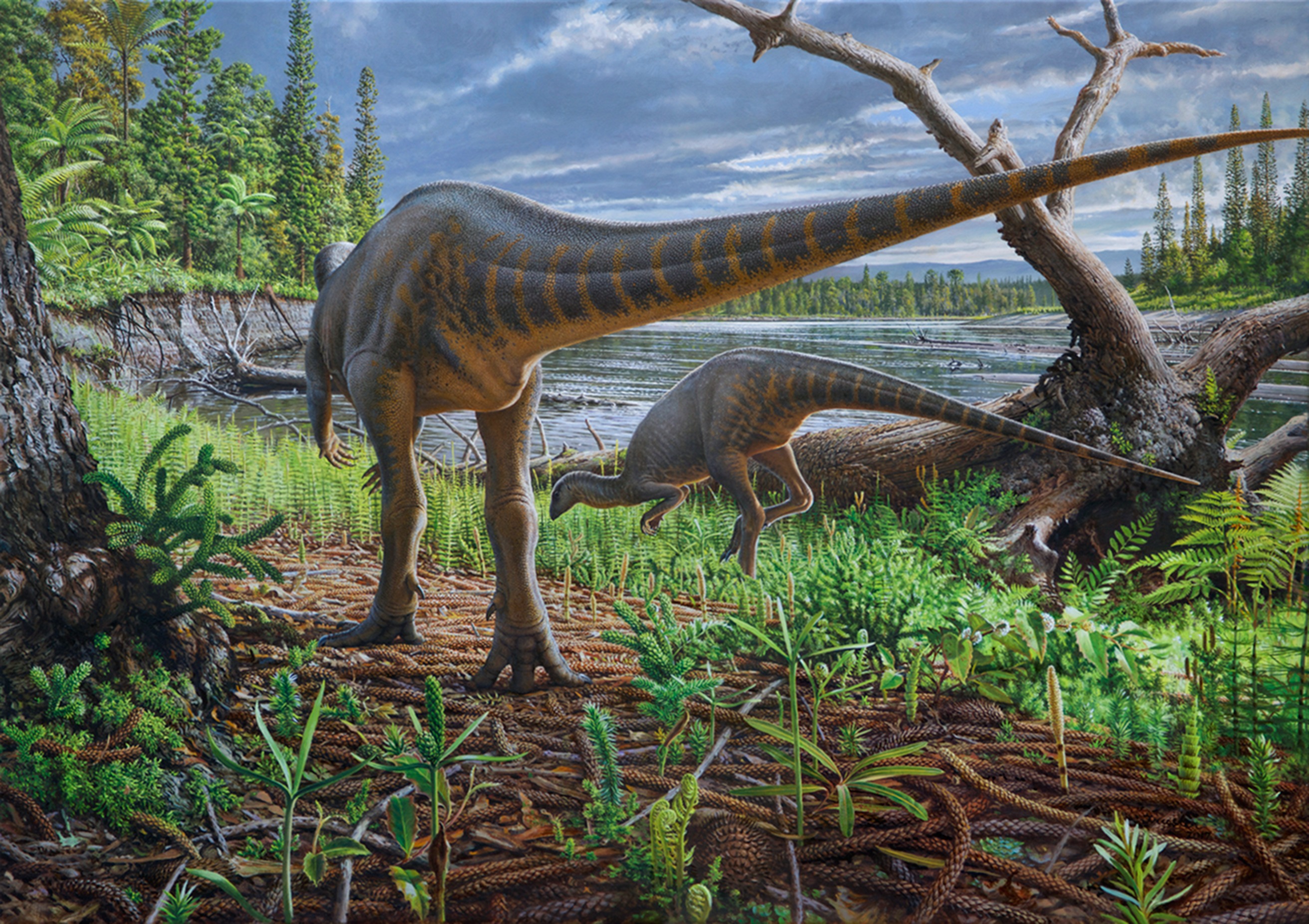
Antarctica wasn’t always a frozen landscape. In fact, it may have once featured lush forests, palm trees, and rivers, according to new research published in the journal Nature Communications. This might sound impossible when you consider Antarctica’s current conditions, but the evidence is overwhelming. An illustration of the temperate rainforest that thrived in West Antarctica about 90 million years ago shows Antarctica was home to a thriving temperate rainforest, according to fossil roots, pollen and spores recently discovered there.
In 2017, during an expedition aboard the RV Polarstern in the Amundsen Sea, researchers drilled deep into the ground underneath the seabed of West Antarctica, close to the location of the Pine Island and Thwaites glaciers, and only about 900 kilometres (560 miles) away from the South Pole. Back on land, scans described an intricate network of fossilised plant roots. Microscopic analyses also found evidence of pollen and spores, all pointing to the preserved remains of an ancient rainforest that existed in Antarctica approximately 90 million years ago.
The Rocky Mountain Forest Discovery
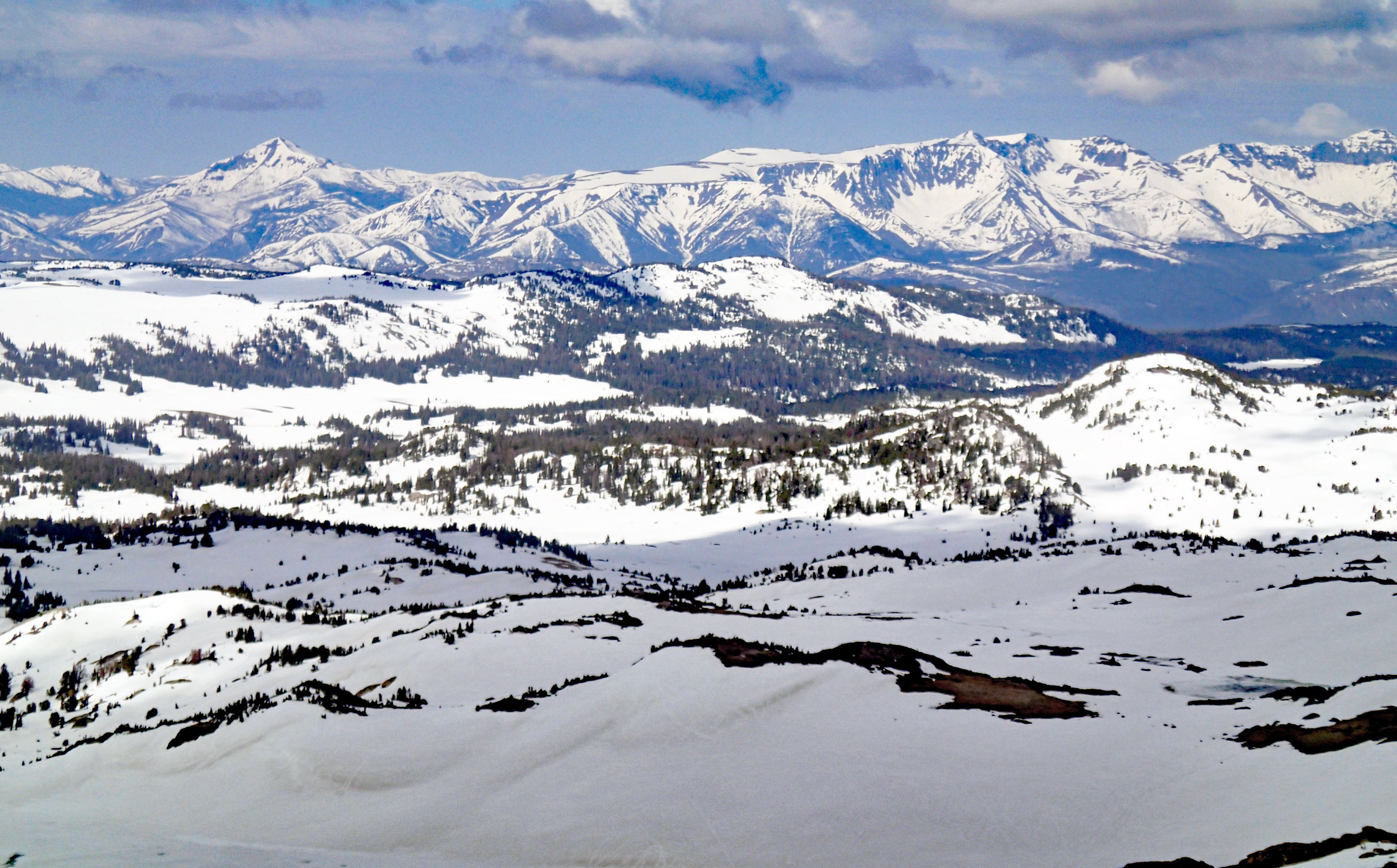
Beartooth Plateau, which sits at an altitude of over 10,000 feet (3,000 meters), is a barren, tundra-like landscape. But it hasn’t always been that way; an ancient forest lies beneath layers of ice. The discovery came about almost by accident. The researchers stumbled upon the forest while conducting an archaeological survey. They were shocked to find trees emerging from the ice’s edge.
It was a pretty well-developed forest. These were not the kind of scruffy trees that you see in treeline. These were tall-standing trees. The forest wasn’t just surviving at high altitude – it was thriving. This high-elevation forest was once an active ecosystem, likely sustaining animals and the humans who hunted them. From the same ice patch, Craig Lee, an assistant professor at Montana State University and co-author of the study, has recovered a wooden shaft dating back 10,000 years. This wooden shaft was likely part of a spear used by humans to hunt.
Greenland’s Buried Ecosystems
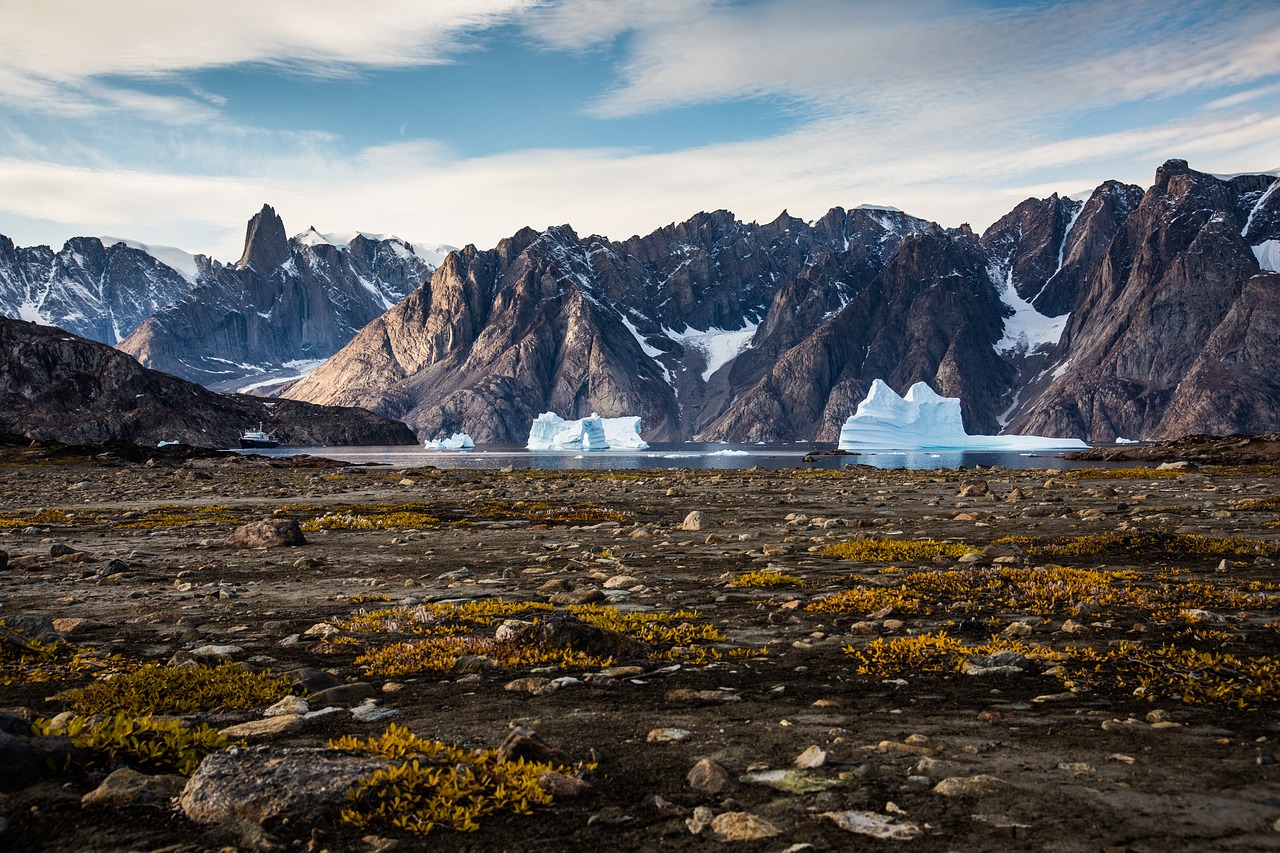
Ice cores drilled from southern Greenland have revealed the first evidence of a surprisingly lush forest that existed in the region within the past million years. From the base of the 2km deep Dye 3 core, they were able to extract what they believe is likely to be the oldest authenticated DNA obtained to date. The genetic material tells an incredible story of biodiversity.
By analysing these DNA samples, the researchers identified a surprising variety of plant and insect life, including species of trees such as alder, spruce, pine and members of the yew family, as well as invertebrates related to beetles, flies, spiders, butterflies and moths. A team of scientists from various institutions came upon the mummified forest during a routine ice-melt investigation in Greenland. Beneath layers of ice that had remained undisturbed for millennia, they discovered roots, wood, and leaves remarkably well-preserved by the encompassing frigid environment.
Permian Forests From the Age of Supercontinents
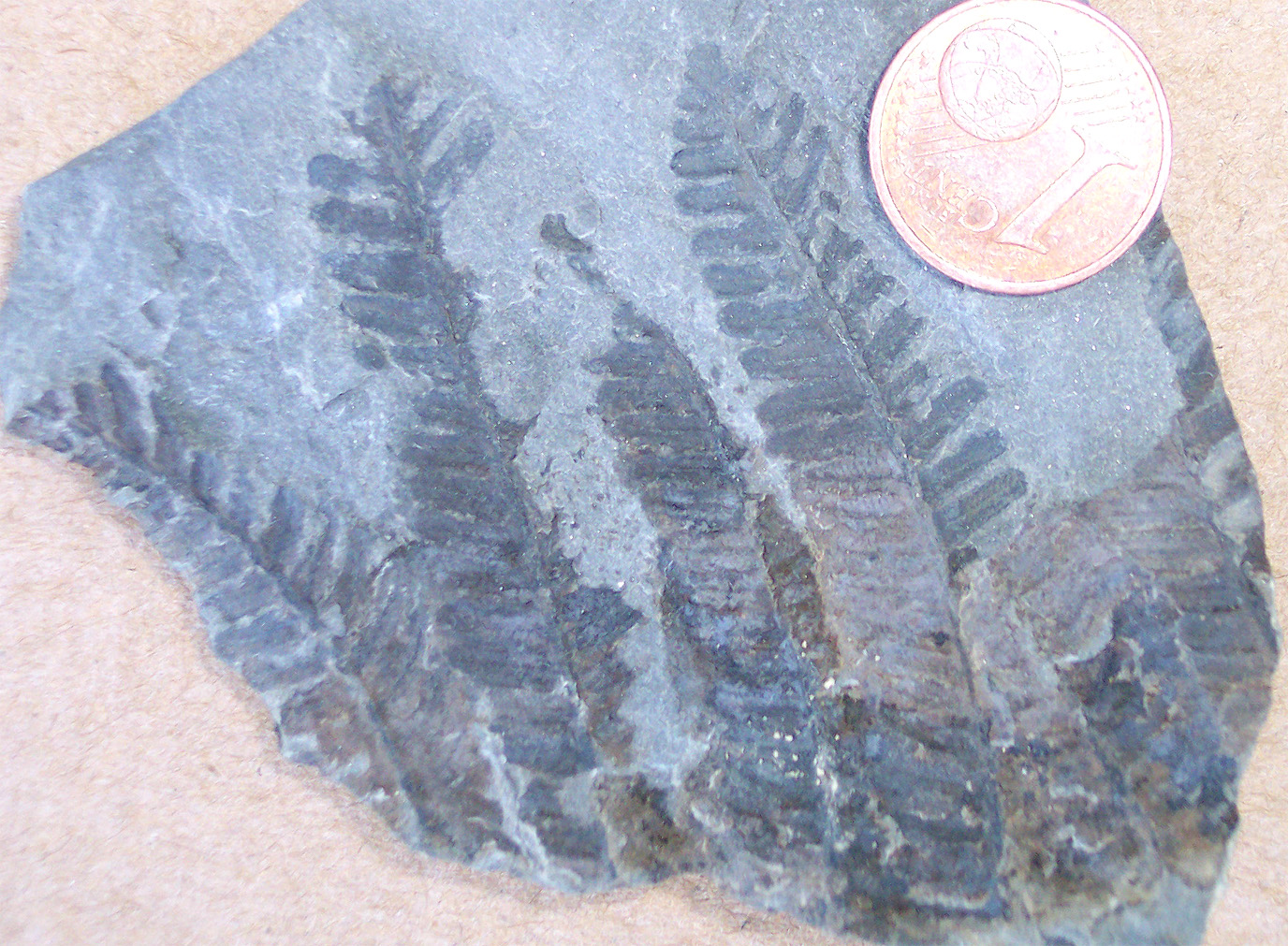
On their way back from the South Pole in 1912, Robert Falcon Scott and his team discovered the delicate lines of plant leaves pressed into the hard rock of Antarctica. Despite the explorers’ fatigue and dwindling supplies, they collected samples, evidence that the icy expanse around them had once been far greener. When their bodies were discovered months later, so were the fossilized leaves of Glossopteris indica, a prehistoric tree that no longer exists, along with the preserved wood of a conifer. The samples are some of the earliest bits of evidence that the frozen continent was once lush and covered in tall, thriving forests.
They date back to the Permian period, more than 250 million years ago, when the planet was warmer than it is today. Millions of years ago, when the continent was still part of a huge Southern Hemisphere landmass called Gondwana, trees flourished near the South Pole. They found fossil fragments of 13 trees and discovered fossils of trees that are over 260 million years old, meaning that this particular forest was growing at the end of the Permian Period, before the first dinosaurs.
The Climate Puzzle Ancient Forests Help Solve
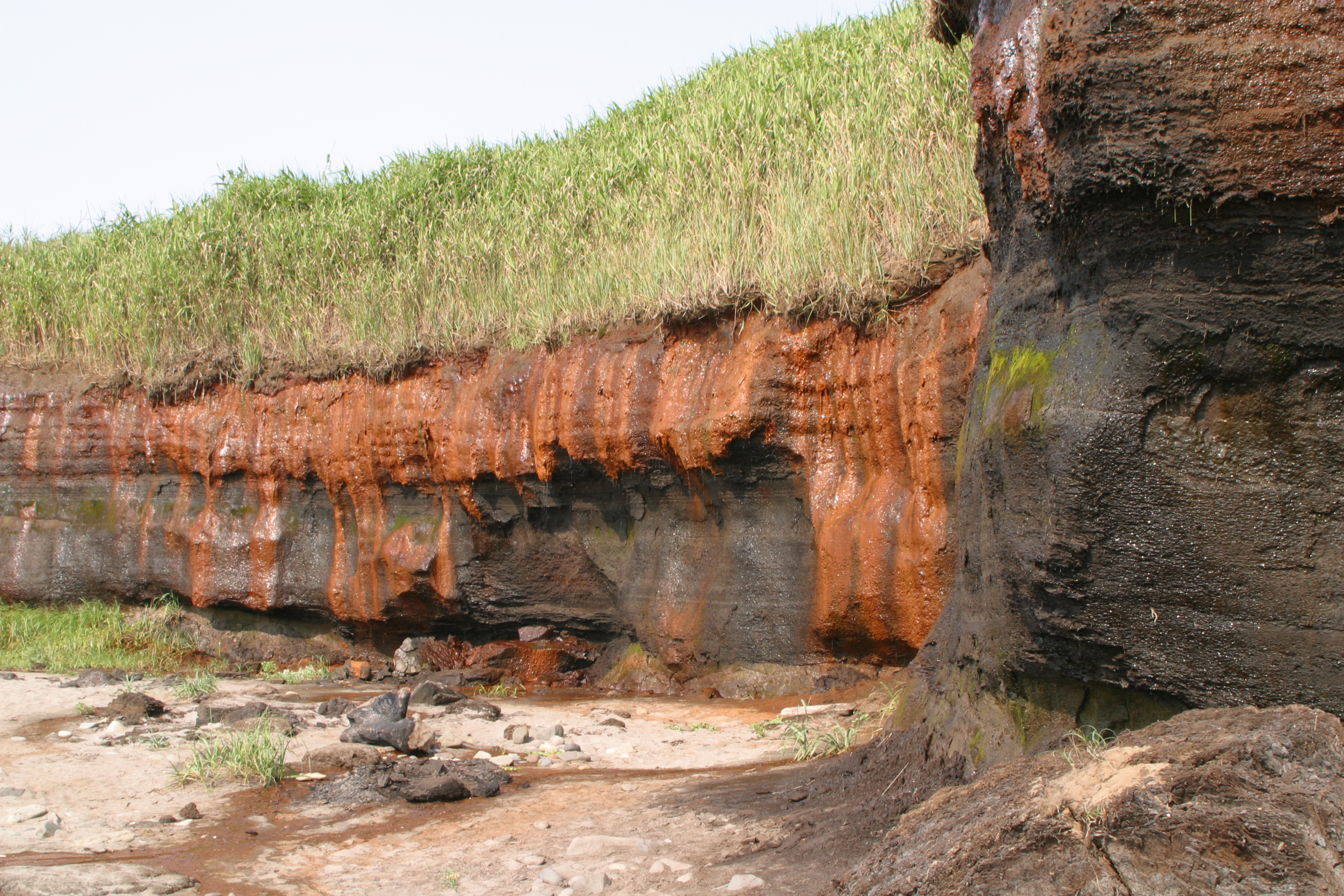
During the middle of the Cretaceous period (145 million to 65 million years ago), dinosaurs roamed Earth and sea levels were approximately 558 feet (170 meters) higher than they are today. Sea-surface temperatures in the tropics were as hot as 95 degrees Fahrenheit (35 degrees Celsius). These ancient forests are providing crucial clues about Earth’s climate history. According to the simulations, atmospheric CO2 levels during the the mid-Cretaceous would have been significantly higher than scientists realised. In this super-heated environment (with an annual average air temperature of around 12 degrees Celsius or 54 degrees Fahrenheit in the Antarctic), dense vegetation would have covered the entire Antarctic continent, and the ice sheets we know today – along with their associated cooling effects – would have been non-existent.
After studying the soil, researchers found evidence of heavy rain, an annual average air temperature of about 54 degrees Fahrenheit and an average summer temperature of 66 degrees Fahrenheit. Think about that for a moment – the South Pole was as warm as Seattle is today. Researchers said that these conditions would only be possible with dense vegetation and a lack of major ice sheets in the region. Additionally, the new findings suggest that carbon dioxide levels in the atmosphere were higher during that time period than scientists had previously thought, as were global temperatures.
Modern Climate Change Revealing the Past
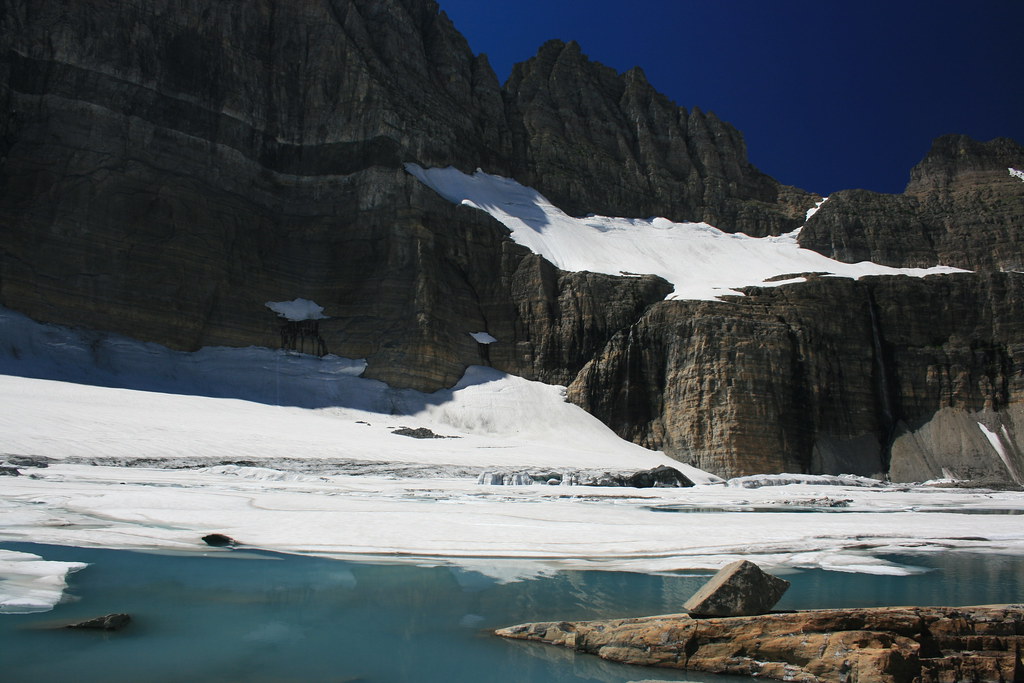
As global temperatures rise due to human-driven climate change, these ancient ice patches are melting at an alarming rate. The discovery of the forest is a bittersweet moment for scientists, offering both a rare glimpse into the past and a stark reminder of the ongoing impact of modern climate change. Climate change driven by human activity has accelerated the warming of high-elevation areas like Beartooth Plateau. As more ice patches melt, there is the potential to learn more about the past, but Whitlock said these discoveries are bittersweet. These kinds of discoveries are scientifically really interesting, but they’re also a sad reminder of how fragile these alpine ecosystems are to climate change.
Whitlock says what they’ve learned so far shows the power of climate change, and how easily the world can change as the temperature warms or cools. It makes me appreciate how sensitive these high-elevation environments are. We can go from tundra to forest with just a small amount of warming. And so it’s very, very sensitive to climate change. The speed of current change is what concerns scientists most. Professor Colin Laroque, who specializes in the age estimation of trees, says this is a startling reminder of how quickly the climate is changing. We see how rapid the warming we are experiencing now is happening. What took thousands of years to do in the past, is taking decades to unravel today.
Ancient Pathogens: A Hidden Risk
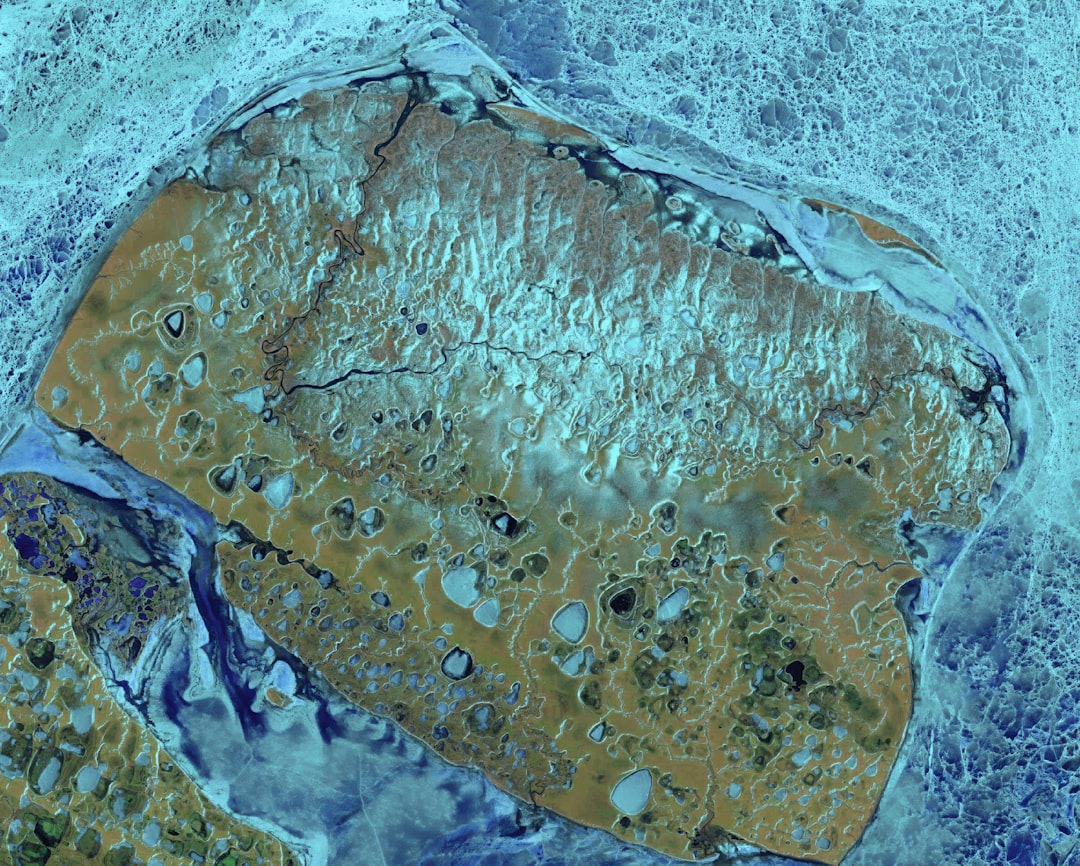
The United Nations Environment Programme has warned that thawing permafrost could release dormant pathogens – viruses and bacteria frozen for millennia. This scenario introduces unpredictable biological risks alongside ecological transformations. In 2022, researchers in France led by virologist Jean-Michel Claverie revived 13 previously unknown viruses from Siberian permafrost. The oldest, Pandoravirus yedoma, was estimated to be 48,500 years old and still capable of infecting amoebas. These findings confirmed what many scientists had long suspected: ancient viruses can survive in frozen conditions and remain infectious.
The risk isn’t just theoretical. In 2016, a 12-year-old boy died and around 100 people became sick with anthrax poisoning in a region of Siberia that hadn’t seen an outbreak in over 70 years. Scientists think the outbreak was caused by anthrax spores released from a decades-old reindeer carcass that was newly exposed by thawing permafrost. A single gram of permafrost can contain thousands of dormant microbe species. Scientists fear that a thaw could not only unearth diseases we thought we had conquered – including smallpox and bubonic plague – but also release ancient pathogens against which we currently have no natural immunity and no effective antibiotics or vaccinations.
What These Discoveries Mean for Our Future

The discovery of a prehistoric river valley and forested landscape beneath the East Antarctic ice sheet sheds light on the continent’s ancient climate and may improve scientific understanding of Antarctica’s response to climate change. A forest at the South Pole would have a transformative effect on temperatures and weather across the globe, but imagine the condition of the rest of the world in which this is possible: different species, sea levels, rainfall, seasons – with or without us. We’re starting to see the polar march of plant species in both hemispheres even now, evidence that the forested past of Antarctica could be a window into its future.
Such discoveries offer crucial insights into Earth’s climatic past, potentially aiding in the prediction of future trends. By studying these preserved plant materials, scientists can reconstruct ancient climates, providing invaluable data on how plant life adapted to past climate changes and how currently impacted ecosystems might react to present and future challenges. These ancient forests are more than just scientific curiosities – they’re warning signs written in wood and ice about how dramatically our planet can change.
The Race Against Time

As ice patches continue to melt, the risk of losing other preserved ecosystems and archaeological artifacts grows. The melting ice has the potential to uncover more relics of the past, but it also signals a troubling trajectory for the future. The melting ice patches, though offering valuable historical data, are disappearing and may no longer exist in the coming decades. Scientists are working frantically to study these frozen archives before they’re lost forever.
According to a study in the journal Environmental Sustainability, an estimated four sextillion microbes – that’s a four with 21 zeros – are released annually due to thawing permafrost. As permafrost thaws, its carbon is broken down and released into the atmosphere as carbon dioxide or methane. Those greenhouse gases warm the planet further, melting more permafrost in a potentially catastrophic cycle. We’re witnessing the opening of a biological time capsule that has remained sealed for thousands of years.
These ancient forests beneath our ice sheets remind us that Earth’s climate has always been dynamic, but the speed of current changes is unprecedented. What took millennia to freeze is now melting in decades. The forests that once grew where ice now dominates might return sooner than we think – along with everything else that’s been sleeping in the ice.
What do you think about these incredible discoveries? Tell us in the comments.

